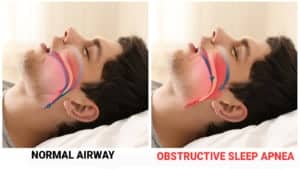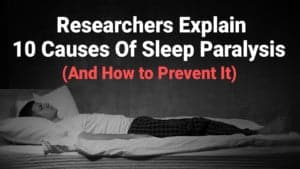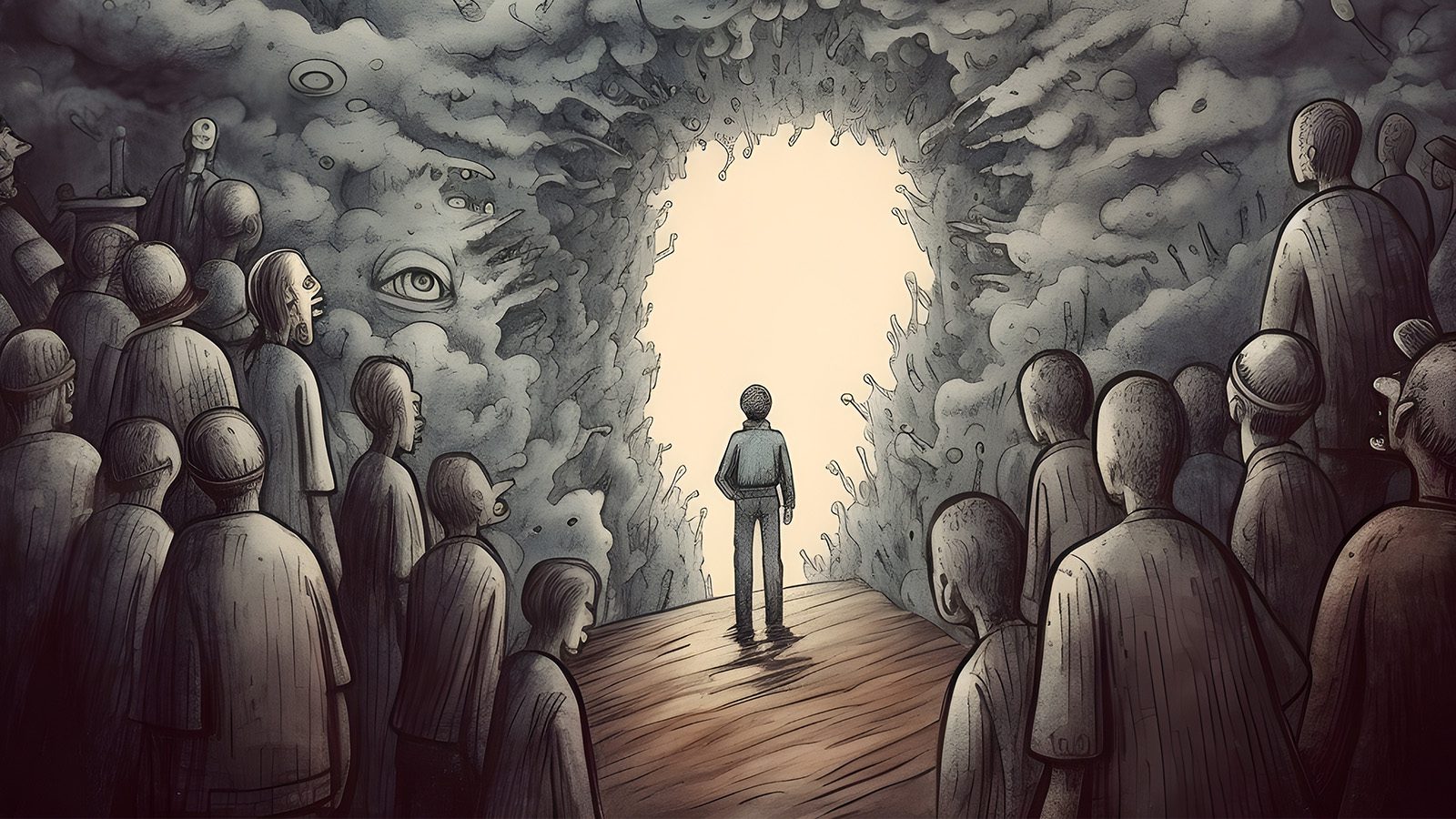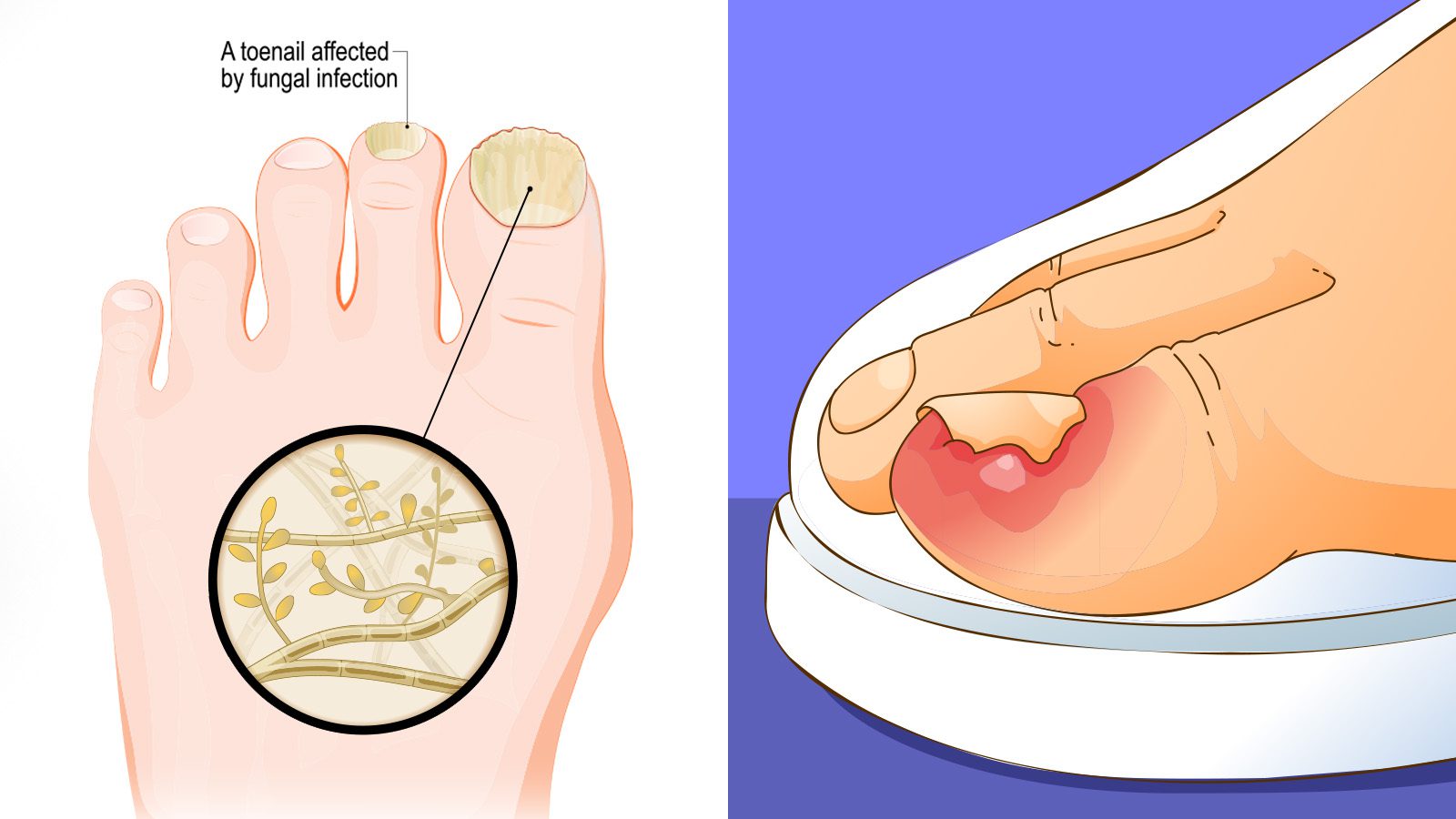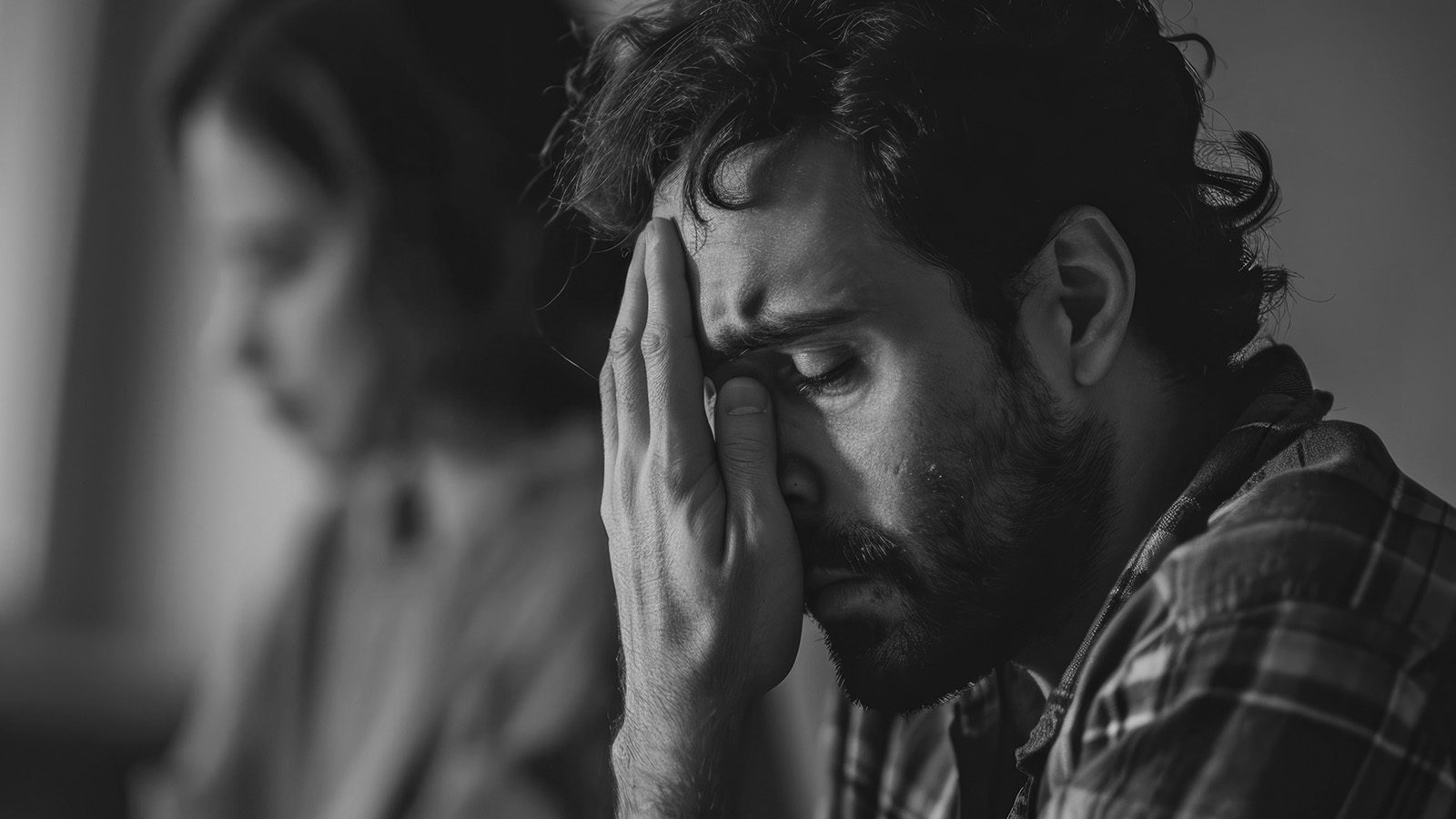Narcolepsy, a neurological disorder, affects a person’s ability to wake and sleep normally. During the day, those who suffer from this disorder will experience overwhelming sleepiness during the day. Once they are asleep, they’ll enter the REP sleep cycle immediately and this can sometimes even happen when they’re awake.
There is more than one type of narcolepsy, too. Type one causes sudden muscle tone loss, making the person weak and unable to control their muscles (called cataplexy). Type two is without cataplexy.
This disorder can severely interfere with the day-to-day life of those who suffer from it. Knowing the causes, symptoms, and treatment can help manage it and ease the effects.
The Difference From Normal Sleep Patterns
When a person who has normal sleep patterns falls asleep, their sleep cycle begins with non-rapid eye movement sleep (also known as NREM sleep). Their brain waves slow down significantly and, after about an hour, their rapid eye movement sleep (also known as REM sleep) cycle begins. During the REM sleep cycle is when dreaming occurs.
For those who suffer from the disorder, however, this isn’t the case. Instead of beginning with NREM sleep and staying in that cycle for a while, they instantly enter a REM sleep cycle. This happens even during a quick nap during the day.
Furthermore, brain changes that typically occur only during REM sleep can actually occur when the person is awake. These changes include cataplexy, sleep paralysis and hallucinations.
Causes, Symptoms, and Treatment of Narcolepsy
Causes
While the exact cause is unknown, it is believed that it is due to low levels of a chemical called hypocretin. This chemical is a neurochemical in your brain that works to regulate REM sleep and wakefulness. When this chemical isn’t being produced appropriately, it can cause an autoimmune reaction that is believed to be linked to the disorder
Genetics may also be a small link to what causes this disorder. There is only about a 1% chance that a parent will pass it on to their child, but the possibility is there, none the less.
Another idea is that children who have been exposed to the Swine Flu (also known as the H1N1 flu) have a higher chance of developing narcolepsy. There is a vaccine that is used in Europe that is meant to make people immune to the Swine Flu, but that vaccine has also links to this sleep disorder.
It is also important to note that the onset of this disorder generally occurs in people between the ages of 10 and 30.
Symptoms of Narcolepsy
1 – Excessive daytime sleepiness
This sleepiness will cause you to fall asleep unexpectedly during the day and you will stay asleep for anywhere from a couple of minutes 30 minutes.
2 – Decreased alertness and focus
It’ll be difficult to concentrate and function properly.
3 – The sudden and unexpected loss of muscle tone
Mentioned before, called cataplexy, this symptom can cause slurred speech and weakness of muscles. It can last for a few minutes at a time. It can stem from emotion such as laughter, excitement, fear, surprise or anger.
4 – Sleep paralysis
When falling asleep or waking up, you may feel unable to move or speak. It can last for up to a few minutes.
5 – Changes in REM sleep
This should only occur when people are sleeping at night and after they’ve been asleep for about an hour. For people with this condition, it happens anytime and almost immediately after falling asleep.
6 – Hallucinations
You may feel as if a stranger is in your room as you are trying to fall asleep or as you’re waking up. Other hallucinations can occur and they’ll be vivid and seem real.
6 Lifestyle Changes That Help A Person Live With Narcolepsy
Know that doctors will offer to prescribe drugs upon diagnosis. However, some medications prescribed are methamphetamines. Many patients prefer to make lifestyle changes with great success. Here are a few.
1 – Stick to a schedule
Go to sleep at the each time each night, and wake up to your alarm each day. You should do this even on the weekends. Once you establish a routine that works best for you, you might find some improvements.
2 – Take naps regularly
Short naps during the day for about 20 minutes will help reduce daytime sleepiness. Take the naps at regular intervals and you’ll likely figure out long these naps help you feel alert.
3 – Avoid alcohol, caffeine, and nicotine
While alcohol, coffee, or cigarettes may trick you into feeling relaxed–at least for a short while–the effects are short-term. Indeed, they can have the opposite of your intended desired outcome and disrupt your system even more.
4 – Exercise regularly
Moderate exercise about three hours before bedtime can help ease the symptoms. However, studies suggest that a workout too close to bedtime can interfere with your sleeping patterns.
On the other hand, an additional study claims that exercising in the evening has no impact on slumber.
However, both studies do agree that working out can improve sleep quality. So, do what feels right for your body.
5 – Talk about it
Tell those who you are around regularly about your diagnosis so that they understand and can help out when needed. Find support groups, counseling, and additional lifestyle recommendations from valuable resources either online or in your community.
6 – Eat a healthy diet
While eating healthy will not cure narcolepsy, it will help deliver the nutrients needed to fuel you throughout the day. Choose whole foods, plenty of fruits and veggies, and lean protein. You’ll feel better from this dietary change.
Subjects in one study reported less daytime sleepiness after following a low carbohydrate diet for eight weeks.
 How Doctors Make a Narcolepsy Diagnosis
How Doctors Make a Narcolepsy Diagnosis
In order to get medically diagnosed, you’ll need to visit your doctor. They may be able to make an early diagnosis based on your daytime sleepiness and cataplexy, but a formal and more advanced diagnosis will have to come from a sleep specialist.
With the specialist, the person will stay overnight for a sleep analysis. Using sleep analysis and other information, a formal diagnosis can be given. That’s when the treatment plan can be determined.
The information needed for a formal diagnosis include:
- sleep history
Sleep history is more than just generalized habits. This will require that a person track their levels of daytime sleepiness on a scale called the Epworth Sleepiness Scale. The scale uses questions to determine just how likely you are to fall asleep during certain times of the day or certain situations.
- sleep records
This document will be a journal where you track your sleep patterns for a couple of weeks. You’ll also likely have to track your alertness during your waking hours, as well. A specialist may want to compare the two.
- actigraph results
An actigraph is a device that goes on your wrist and measures activity and rest. This gives accurate information about when and how you sleep.
- polysomnography results
This test involves having electrodes placed on the scalp while you sleep. It’ll be done during the overnight visit with the specialist, and the electrical activity of your brain, heart, muscles, eyes and breathing will be measured.
- sleep latency test results
This test determines how long it takes you to fall asleep during the day. The doctor will ask you to take about five naps in a day, each nap only two hours apart. Those who have narcolepsy will likely fall asleep quickly and immediately enter into REM sleep, which is what the doctor will be looking for on the test.
What Else Might the Doctor Find?
When these tests are done and records are kept, it helps doctors rule out other possibilities. Other problems that could cause daytime sleepiness that the doctor may find instead include:
- other sleep disorders
- chronic sleep deprivation
- sedating medications
- sleep apnea
Complications of Narcolepsy
This disorder is much more debilitating than it initially sounds. The complications caused by it can affect a person’s daily life, making it difficult for them to perform their best at work or school. Those who suffer may seem lazy or lethargic most of the time.
Even their personal life suffers, as the cataplexy it causes leads to withdrawing and avoiding emotional interactions. This disorder also causes overly intense feelings of anger or joy, which causes further complications.
Additionally, another complication is when those who suffer from it fall asleep at inopportune times. It can happen while they are driving, causing serious car accidents. Falling asleep while cooking can cause injury in the form of cuts or burns.
One other complication that can be caused by this disorder is obesity. This is likely because it causes a low metabolism, but it could also be due to inactivity. Oftentimes those who suffer from it will be inactive for long periods of time because they are lethargic.
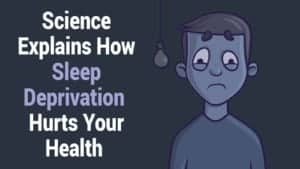 Final Thoughts On Causes, Symptoms, and Treatment of Narcolepsy
Final Thoughts On Causes, Symptoms, and Treatment of Narcolepsy
Living with this sleep disorder can be nearly impossible. Since there is no cure, you can only rely on treatment options and the expertise of doctors and researchers.
Understanding the causes, symptoms, and treatment of narcolepsy can help ease the situation for you. The only way to live a normal life is to find a way to ease daytime sleepiness.


